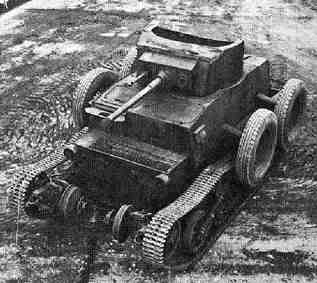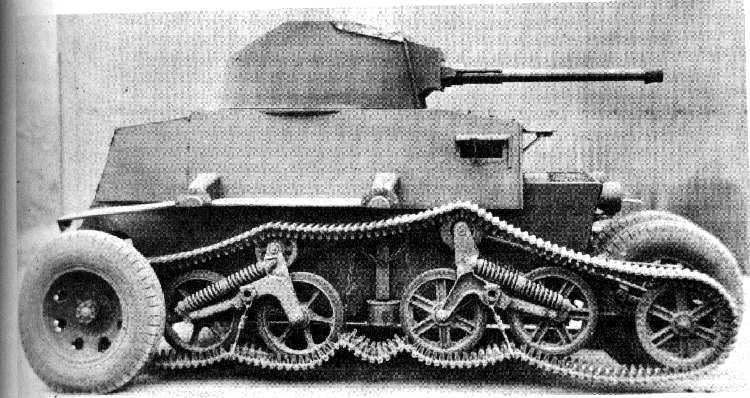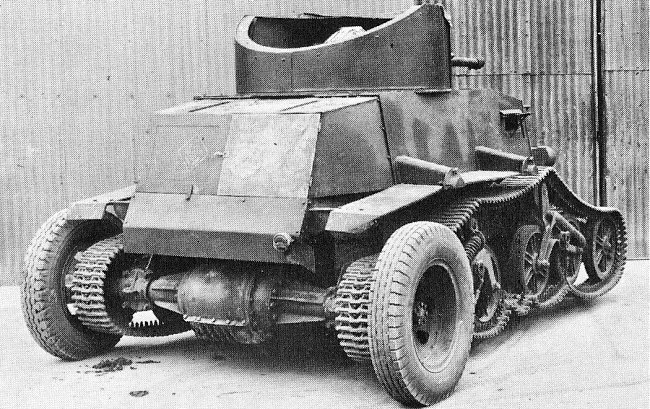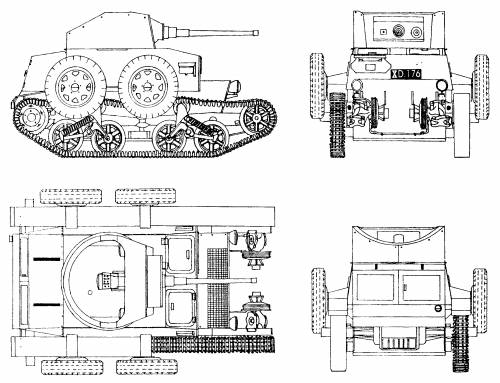RamscoopRaider
Donor
Don't take my words out of context, for pure infantry support a bigger gun is better than a smaller rapid firing one, add in self defense against armored vehicles and you are back to wanting an autocannonAutocannons are worse than large caliber guns, so a larger cannon should be used instead:



